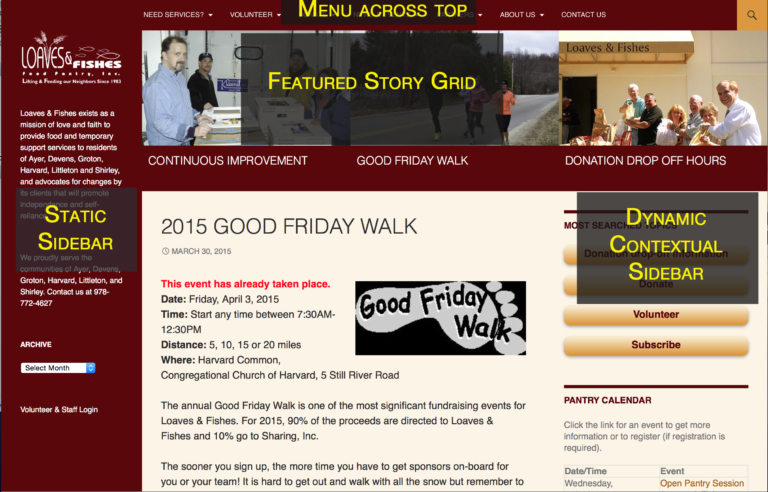Focusrite Scarlett 2i2 Review
I recently recorded narration for an auto-running Powerpoint presentation using the Focusrite Scarlett 2i2 USB interface and pre-amp. The results were good and I learned a few things along the way. The first lesson is don’t record the narration in Powerpoint directly. I learned this lesson a long time ago and had to re-learn it as apparently I forgot. Powerpoint doesn’t do a very clean job of starting and stopping recording and makes it hard to access the clips afterwards to trim them of the various pops and clicks. I ended up use Ableton Live Lite to do the recording as it came with the Scarlett 2i2. This was my voice over various slides and I just needed a clean recording with good handling of the proximity effect low end from using a SM58 up close.
The Scarlett is pretty easy to setup. Install the drivers, restart, plug-in the interface to the USB port and you’re good to go. Depending on the software you use to record, you may or may not to change preferences to access the Scarlett via USB vs the internal audio components. The only hitch in my case was that I was using a Macbook Air and the drivers came on a CD. I was able to download the drivers from Focusrite’s site. My backup plan was to use remote disc to borrow the DVD drive on my Mac Mini remotely.
The Scarlett is pretty straight-forward. There are two inputs that are combo XLR and 1/4″ jacks. The 1/4″ inputs are switchable between line and instrument for impedance matching. Each input has a gain control circled by LEDs that act as the meters. Green is good. Orange is hot but acceptable. Red is clipping. 48V phantom is optional but it is on or off for both inputs, not one at a time. I was using a dynamic Shure SM58 so did not need plantom power so I left it off. Monitoring can come from the computer output and / or direct monitoring. I didn’t want any monitoring in this case as I was not playing along with music and I didn’t need my own echo leaking back into the mic. Monitor out can feed headphones or be an input to powered speakers or an amp that is connected to non-powered speakers. There is a large monitor volume control knob (even if you treat the two outs as mono outs, not stereo, there is only the one level control). The only other control is a small switch for turning direct monitoring on or off. This allows feeding the input directly to the output if timing is critical and you need to hear what you play or sing without round trip latency as you record along with other tracks being played back from the computer.
The Scarlett is USB bus powered. This is mostly a good thing. In fact, it is why I finally bought this unit. I’ve been contemplating downsizing the recording studio for years by updating my audio interfaces and doing away with digital tape and the large O2R digital mixer. That would require 16 or more input channels and pre-amps and a super reliable interface to the computer. The thing is I hardly ever record anything in studio anymore. I’m usually on the road and recording one or two channels at most. The idea of buying the first of several studio-capable units and then having to take it on the road in a rack case vs something small that can go in the computer bag wasn’t appealing and kept me doing anything for quite a while. I finally admitted that my greatest need was 2 channels into the laptop anywhere I might be and the Scarlett looks perfect for this use. Does USB power mean my laptop batteries won’t last as long. Yes but who cares? If I’ve got to plug something in it might as well be the laptop since I’ll be travelling with that adaptor anyway.
So, how does it sound? For my use on my own spoken word voice tracks? Every bit as good as using my higher end Focusrite preamp into the 02R or using Yamaha’s own preamps that are in the 02R. For powerhouse lead vocals I’d still prefer my tube preamp but I now have the option of sending that into the computer via the line input on the Scarlett.
With the narration project done it was time to have more fun with this new interface. I plugged in a Telecaster and setup to use it as an input in GarageBand so I could play through GarageBand’s various amps and effects simulators and play with a backing band made of Apple Loops. First I’ll say that GarageBand’s amps can’t replace the real thing. They sound okay but not quite real enough for me. The option to record one of my real amps into GarageBand is always there though. For practice or songwriting, the GarageBand setup is pretty handy. I’m sure Live would also work fine for this but I only had so much time to learn how to place loops and edit midi in so many programs this week.
Before I knew it I was jamming with a simple blues backing track. With about 20 minutes of work I had drums, bass and the second guitar part of “Sweet Home Alabama” ready to play along with. And then I was reminded how good it is that you can slow the backing tracks down without altering pitch! It has been a while since I played with a band or even a metronome and it showed — not in a good way. The intro, for example, that sounded great to me whenever I’d sit around noodling at the guitar falls apart when I have to play it at the tempo of the real song. No problem though. Just slow down the tempo until I can manage to play it fairly clean and woodshed until I work my way up to full speed.
The Focusrite Scarlett 2i2 is going to be a very handy part of my equipment setup for a long time to come. I can even see recording location audio for video direct to computer instead of into a Tascam or Zoom portable device at least when there is time and conditions to set things up and manage the production.

